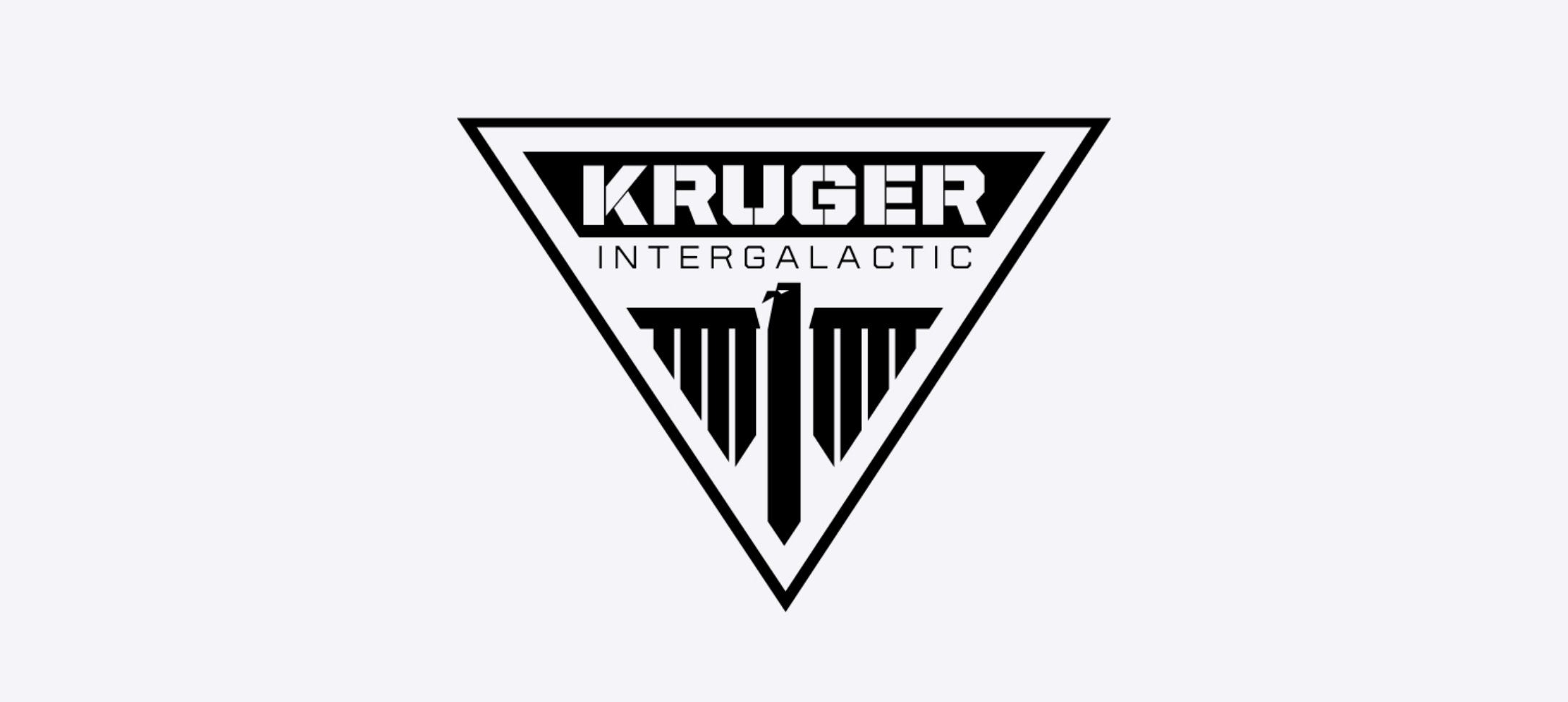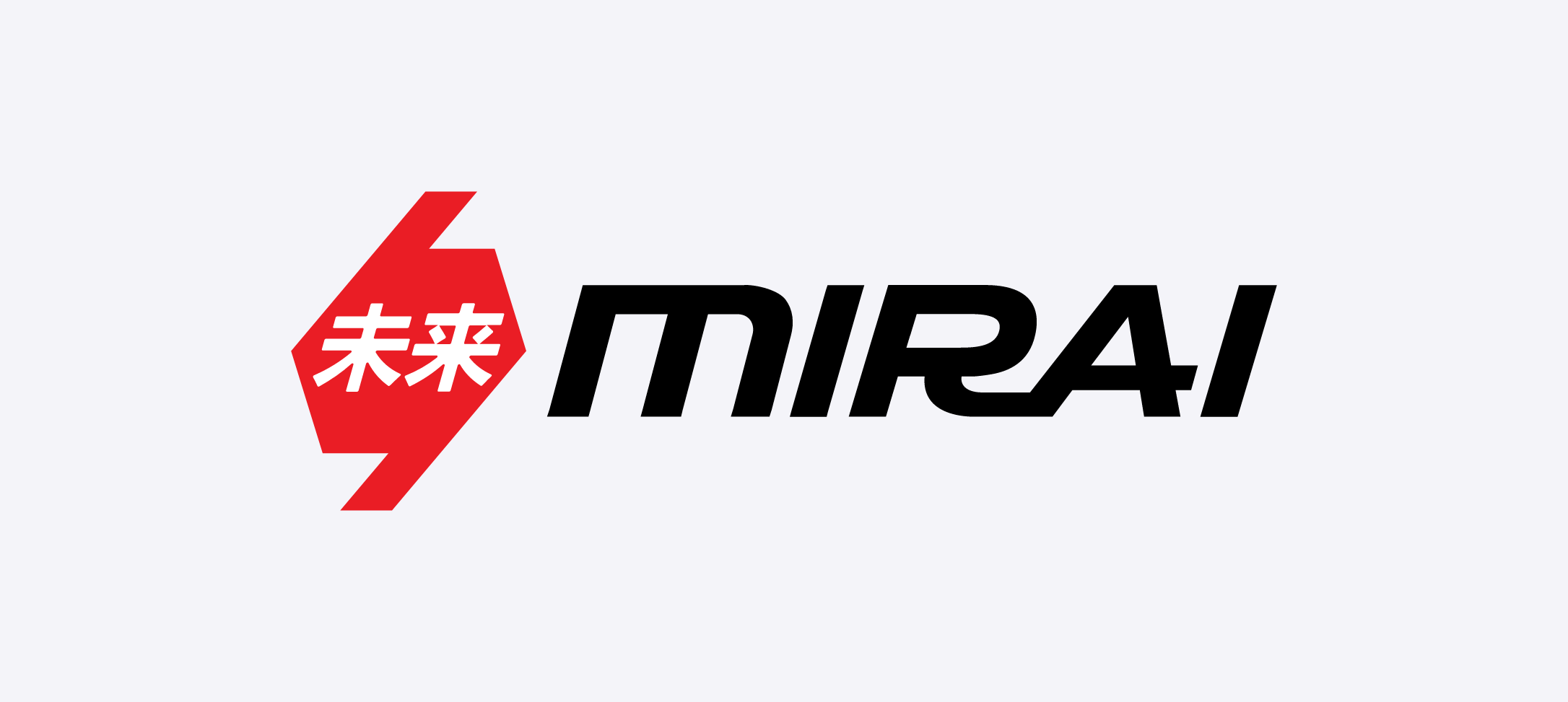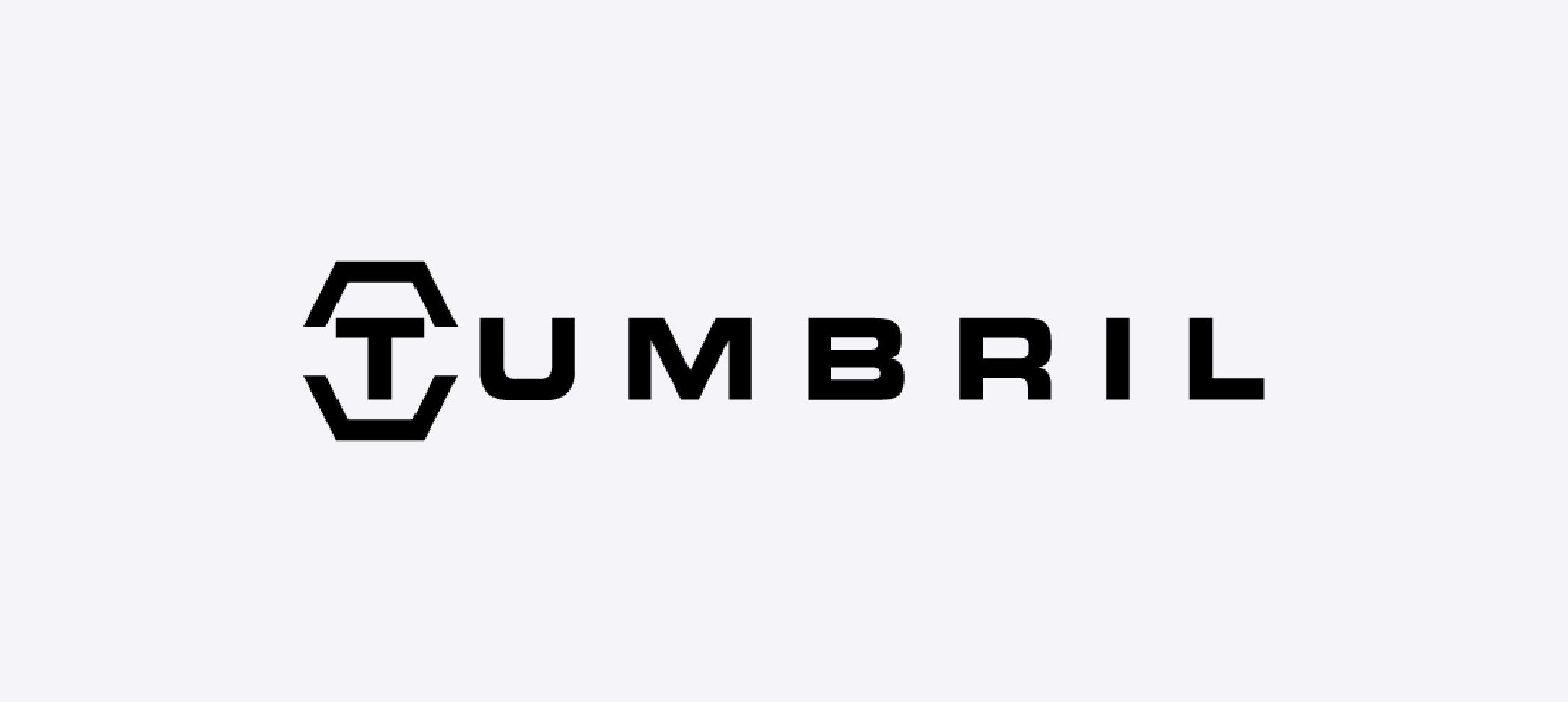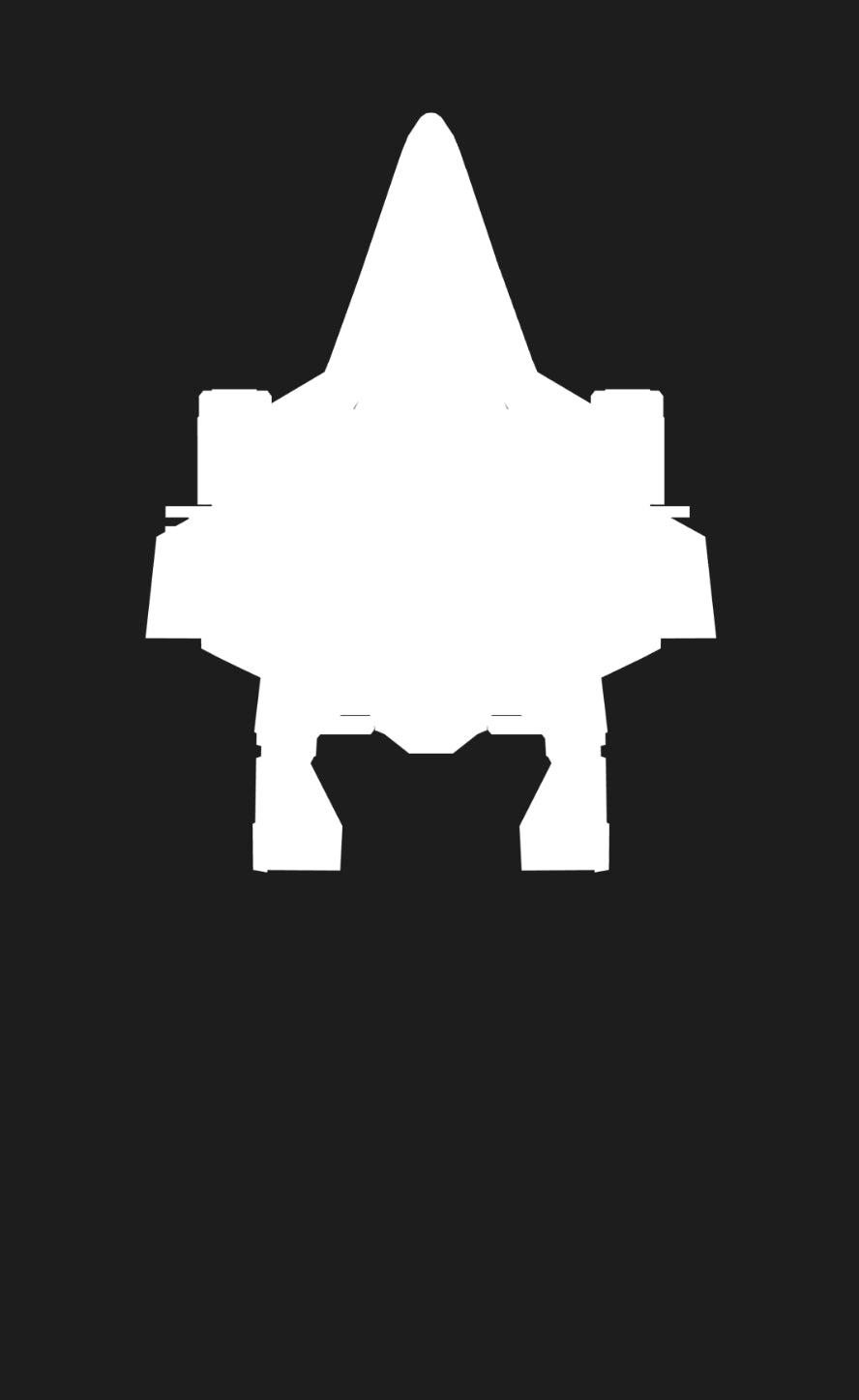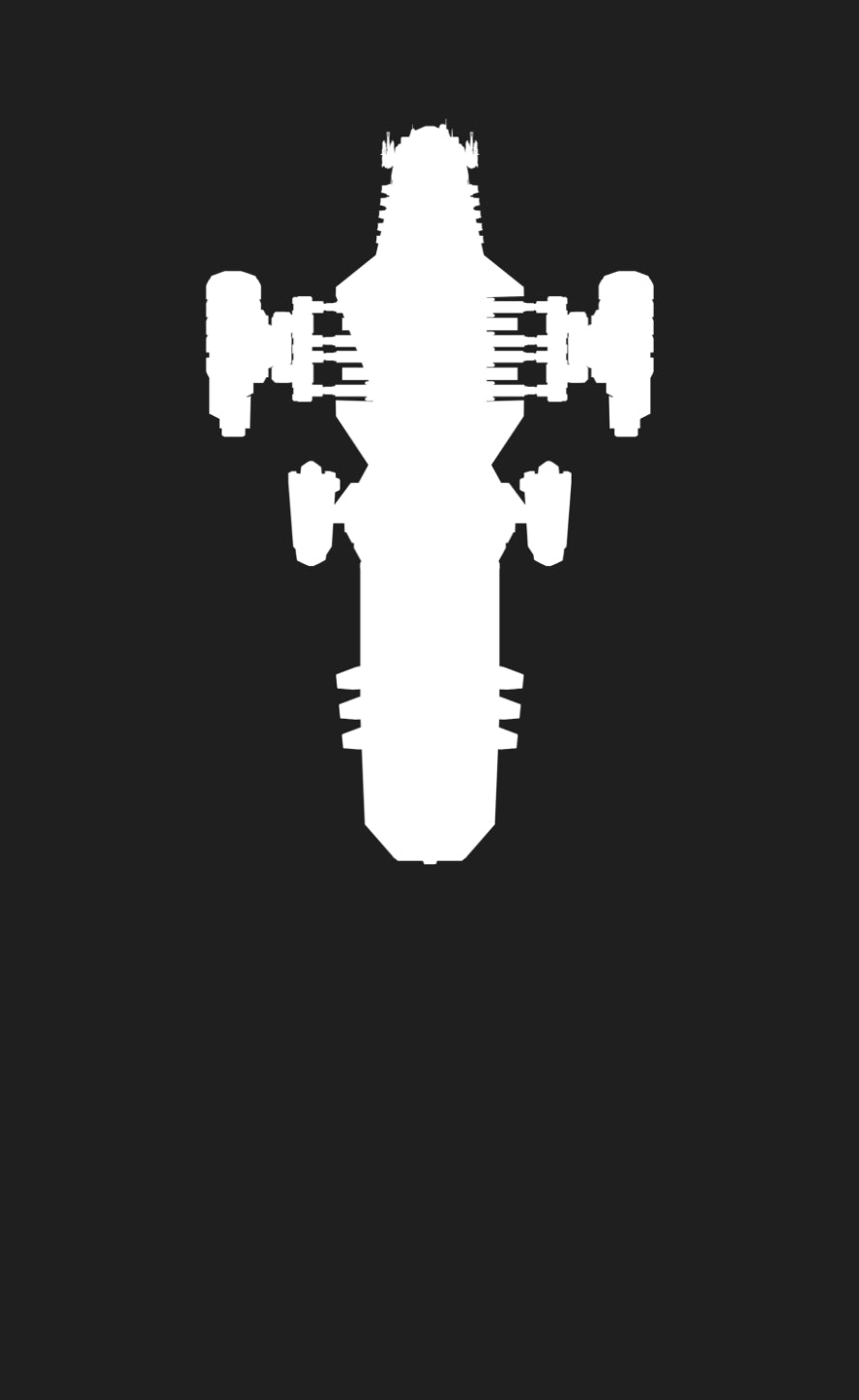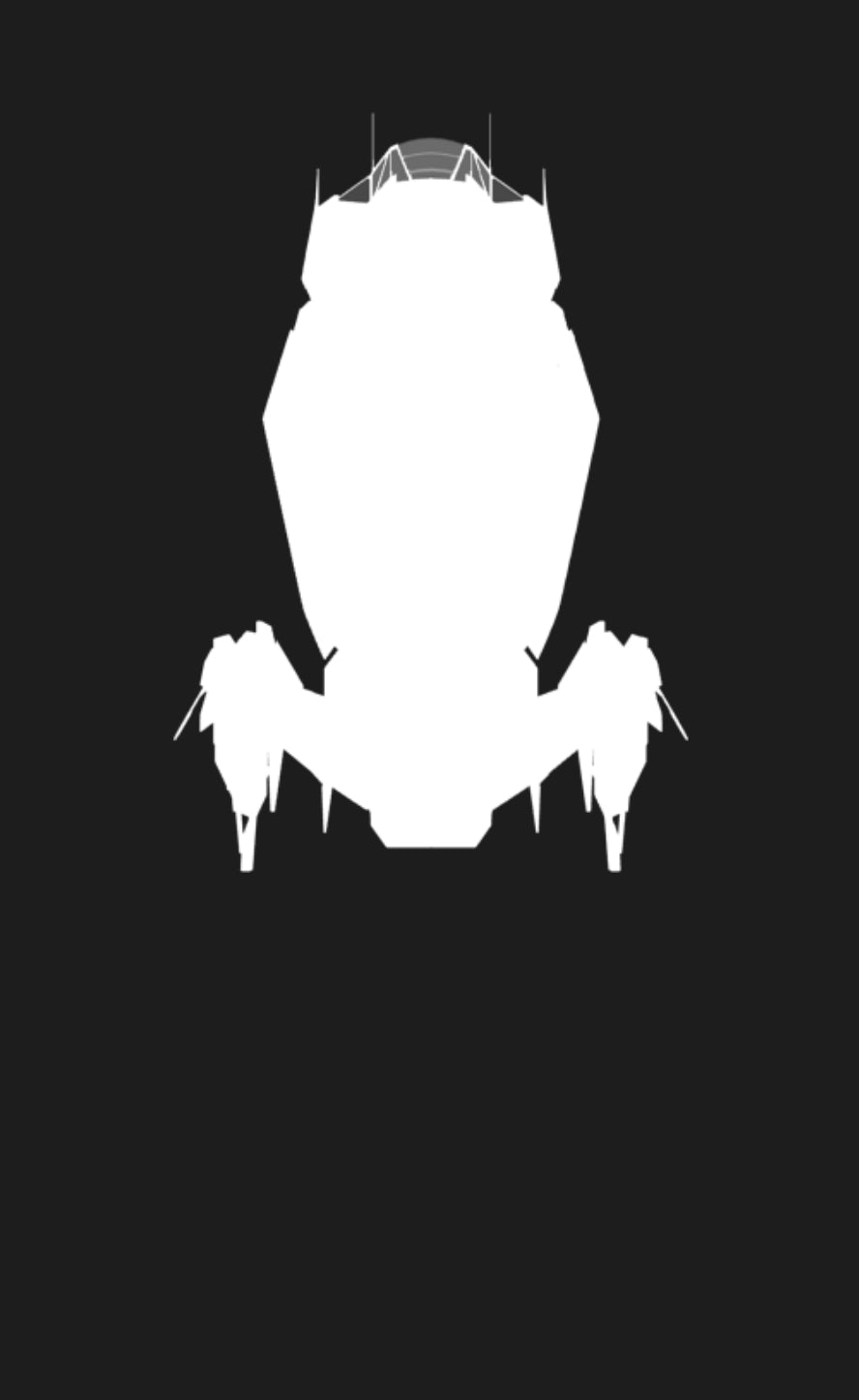
RSI Perseus Q&A Breakdown
The Perseus has always carried a certain mythic weight in the 'verse, and with its Heavy Gunship classification now locked in, you finally get a clear look at what sets it apart. The Vehicle and Gameplay teams walked through the major design decisions, systems, and tactical roles behind RSI’s latest bruiser, and the result is a ship purpose‑built to stalk and punish heavier prey.
Major Reworks from Concept
You’ll find the biggest leaps from the original concept in both the firepower and interior space. The ship’s two primary turrets now mount size 8 guns instead of size 7s, and each turret gained a pair of size 3 hardpoints to shore up anti‑fighter coverage. Across the hull, six point-defense turrets were added to autonomously counter incoming threats.
Inside, removing the central cargo‑bay walkway boosted capacity from 50 to 96 SCU. Two new rooms adjacent to the torpedo launcher can store twenty additional size 5 torpedoes, raising total capacity to forty. Engineering and the captain’s quarters also swapped locations to give the engineering deck the space it needed, and a third exit behind the bridge now offers improved EVA access with a triple‑door security buffer.

Exterior Design Adjustments
The team kept the iconic silhouette almost entirely intact. Most changes landed in structural reinforcement and visibility: bulkier landing gear, a strengthened and window‑equipped upper deck, and the addition of size 3 Gatlings to the manned turrets.
Why the "Heavy Gunship" Classification
The new label lines the Perseus up with ships that share its operational profile. Its arsenal makes the case plainly: four size 8 cannons, eight size 3 Gatling guns, two size 5 torpedo launchers, and six point‑defense turrets give it the punch expected of a heavy gunship.

Differences from the Hammerhead and Polaris
Compared to the Hammerhead, which leans heavily into anti‑fighter duties with fast‑tracking small turrets, the Perseus is built to take down larger, slower ships. Against the Polaris, the contrast is scale: the Polaris is nearly double the Perseus’ size, sports more guns, and carries devastating size 10 torpedoes plus a hangar. The Perseus trades that capacity for speed and maneuverability, though it struggles more than the Polaris when confronting capital‑class ships.
How Weapon Control Is Assigned
The pilot can launch torpedoes directly, with an additional dedicated torpedo console positioned forward in the ship. The pilot also has slaved control of the top remote turret when operating solo. On the bridge, the copilot can take over that top remote turret from their seat, while the gunner handles the bottom remote turret. The large top and bottom turrets remain fully manned stations requiring dedicated crew.

Performance Versus Larger Targets
The Perseus is built to prey on sub‑capitals, and while it won’t outmuscle an Idris or a well‑crewed Polaris one‑on‑one, it holds unique advantages. Its cannons lack the minimum arming distance of Polaris torpedoes and can’t be intercepted by point defense. That lets you push directly into a capital ship’s face and unload its four size 8s at point‑blank range.
Where an Idris must swing the whole ship to bring its fixed size 10 gun to bear, the Perseus’ turrets can track independently of hull orientation. While outmatched in a straight brawl, its smaller profile and agility make it a serious threat—especially when two or three operate in tandem.
Source: Perseus Q&A














